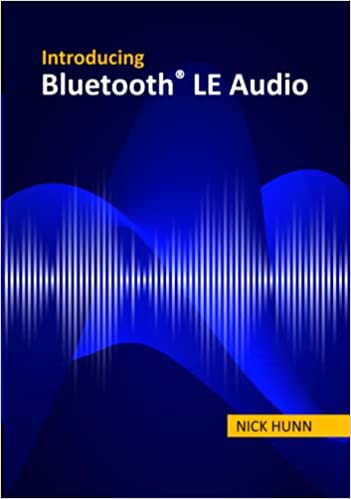The introduction of Bluetooth LE Audio has generated a lot of excitement across the market. With the initial set of specification releases expected to be available later this year, industry innovators are sharing predictions on how Bluetooth LE Audio will impact affected markets.
Power Consumption
For years, we’ve relied on Bluetooth® technology to keep us connected to our music, phones, and cars. The next generation of Bluetooth audio will significantly enhance device efficiency, allowing developers to build on the Low Energy (LE) radio to reduce power consumption or design smaller, more innovative audio devices. “With Bluetooth LE in general, the Bluetooth power requirements are less,” said Tim Reilly from T2 Labs. “So, a smaller battery could be used, or your existing battery will have a longer battery life.”
Reilly says that the new LC3 (Low Complexity Communications Codec) included in Bluetooth LE Audio is more efficient in how it encodes and decodes the audio stream (compared to the traditional SBC codec), compressing audio to maintain a higher level of quality upon decompression after transmission. “You can be in a low-power state longer because you don’t have to be on air as long,” said Reilly.
“Extensive listening tests have shown that LC3 will provide improvements in audio quality over the SBC codec included with Classic Audio, even at a 50% lower bit rate. Developers will be able to leverage this power savings to create products that can provide longer battery life or, in cases where current battery life is enough, reduce the form factor by using a smaller battery.”
Manfred Lutzky, Fraunhofer IIS
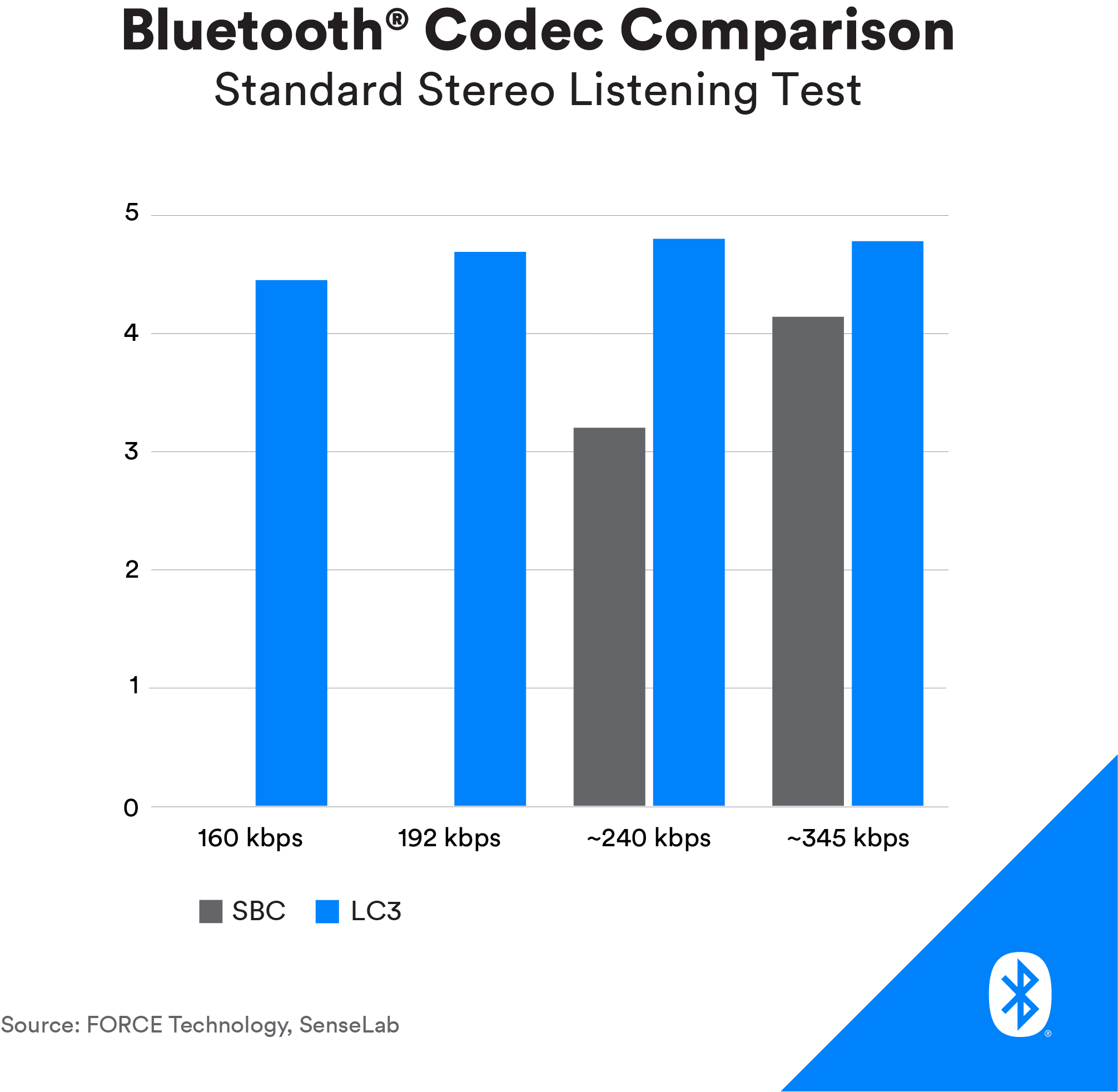
Audio Quality
Another eagerly anticipated aspect of Bluetooth LE Audio is the ability to support higher audio quality. For years, developers have created some amazing innovations within the parameters of the SBC codec, but LC3 is opening new opportunities to expand the limits of wireless audio.
According to Nick Hunn from WiFore Consulting, the LC3 is more efficient, uses less power, and has lower latency, taking only 20 milliseconds to code, transmit, and decode. “The codec is a really important part of any wireless system for audio,” said Hunn. “It has the job of compressing the audio signal into something much smaller, so you can send it over a wireless link, and then at the other end it decodes it, which turns it back into music without any loss of quality. We’ve been very lucky to have companies that are highly expert in codec design, helping us to develop the new Bluetooth® codec.”
Hearing aids are one example where the LC3 will bring major benefits. Imagine using a hearing aid to listen to sound on your TV. Without an efficient codec, you can experience a significant sound delay over a wireless link, which can create a noticeable echo from between what you hear from the hearing aid and the ambient sound from the television. By using the new LC3 codecs, future hearing aid innovations will transmit audio that arrives at the same time as the sound coming out of the TV speaker, which is especially important when watching TV with others.
Hearing Aids
“Bluetooth® LE Audio will be one of the most significant advances for users of hearing aids and hearing implants.”
Stefan Zimmer, Secretary General of EHIMA
The potential for Bluetooth LE Audio to bring all the benefits of Bluetooth® technology to people with hearing loss expands beyond audio quality and is giving new life to manufacturers in the market. According to Hunn, despite advances in the market, hearing aids still don’t have the flexibility of many consumer earbuds. “I think what we’re going to see is a vast explosion of capabilities for people with hearing aids,” said Hunn. “Everything that today’s Bluetooth headset can do, such as connect to phones, tablets, and TVs, will become standard on hearing aids. That is an absolutely life-changing thing for people with hearing loss. Equally, we’ll see features from the hearing aid industry percolating back into consumer products.”
Hunn goes on to say that the stigma of wearing a hearing aid has caused many manufacturers to design them to be invisible, fitting behind the ear, not an ideal place for a microphone. With Bluetooth LE Audio, not only is there more flexibility in design, but the hearing aid can access the microphone in your smartphone to pick up nearby audio and transmit it to your ear, making it much more reliable and easier to hear. Hunn says, “And since it allows you to do more everyday things, it will help reduce the stigma of wearing a hearing aid.”
Auracast™ Broadcast Audio
Whether it’s better quality, lower power consumption, or improved latency, developers and consumers have a lot to look forward to with Bluetooth LE Audio, and for good reason. But for all the advancements Bluetooth LE Audio will bring to existing technologies, it also introduced an entirely new capability that supports the broadcasting of one or more audio streams to an unlimited number of Bluetooth® devices. This capability enables an amazing new capability, Auracast™ broadcast audio.
“This is one area where we’re not just trying to redo something that we’re currently doing,” said Reilly. “[Auracast™ broadcast audio] is something that we’re bringing new to the table.”
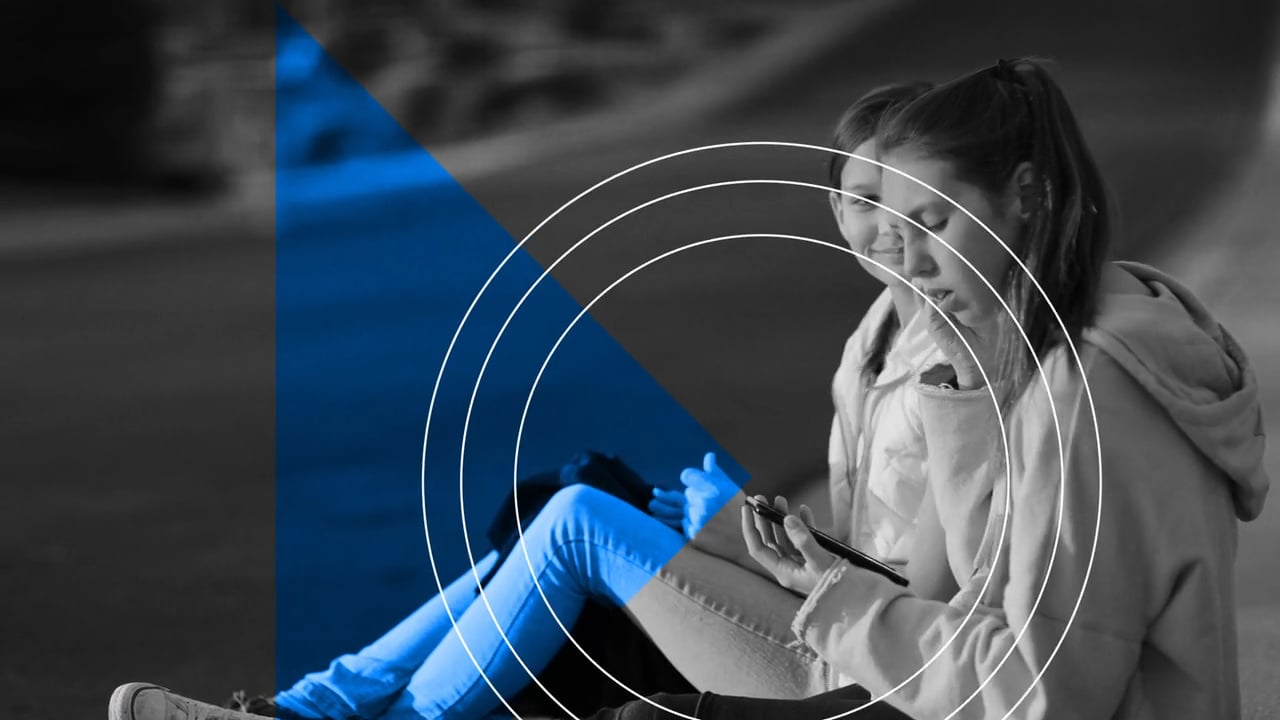
With Auracast™ broadcast audio, you can easily share the music you listen to on your smartphone with family and friends, broadcasting it to their earbuds or simultaneously transmitting it to every speaker in your home. “For a lot of people, music is a sociable thing,” said James Chapman from Qualcomm. “It’s an emotional thing. It’s something you want to share with your friends.”
With Auracast™ broadcast audio, you’ll also be able to tune into TVs in airports, bars, and gyms. Cinemas, conference centers, and lecture halls will also use Auracast™ broadcast audio to assist visitors with hearing loss as well as simultaneously interpret audio into the listener’s native language.
According to Nikolai Bisgaard from EHIMA (European Hearing Instrument Manufacturers), many large venues around the globe have relied on loop systems to assist visitors with hearing loss. A loop system provides a magnetic wireless signal that a hearing aid picks up when set to the T-setting (telecoil). These systems are designed to provide direct sound and cut out unwanted background noise, and they can be used by any number of users at the same time. Bisgaard says these systems can be expensive, cumbersome to install, and are sometimes prone to interference. “It’s going to be a great move into a world where you can connect to sources in the public space and with better quality, less interference, and at a much lower installation cost,” said Bisgaard.
With new Bluetooth LE Audio specifications anticipated to be available later this year, it’s exciting to imagine the wide range of innovations and solutions that will make up this next generation of Bluetooth® audio.
Learn more about Bluetooth LE Audio.
![]()
FEATURED INNOVATION
Bluetooth LE Audio
Building on 20 years of innovation, Bluetooth LE Audio will not only enhance the performance of Bluetooth audio, but will bring all its benefits to people with hearing loss. Bluetooth LE Audio will also introduce Auracast™ broadcast audio, an innovative new capability with the potential to once again change the way we connect with each other and experience the world around us.


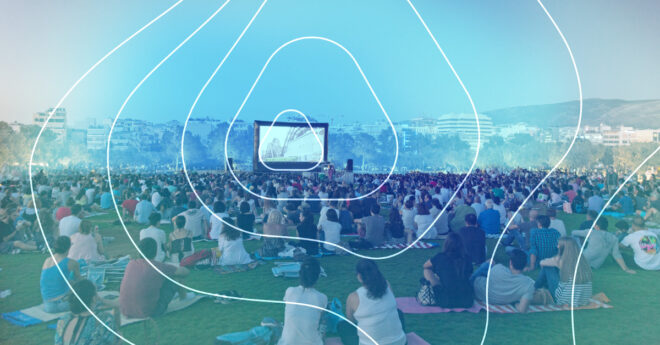




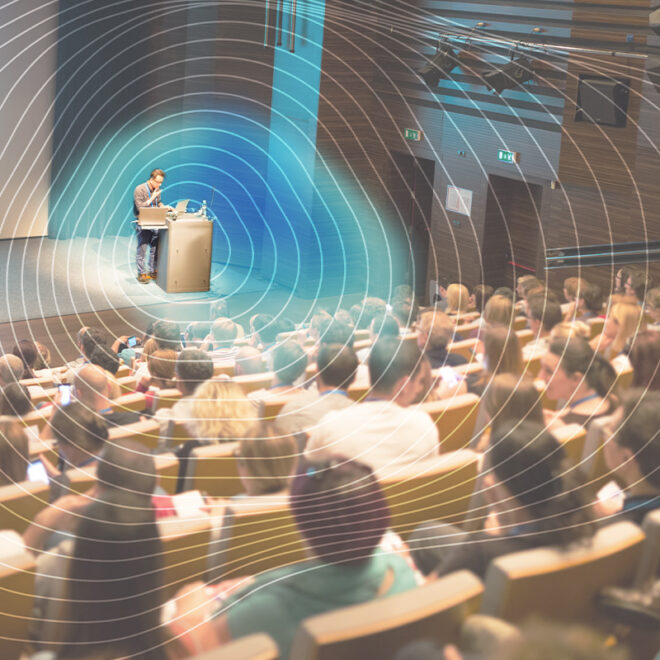

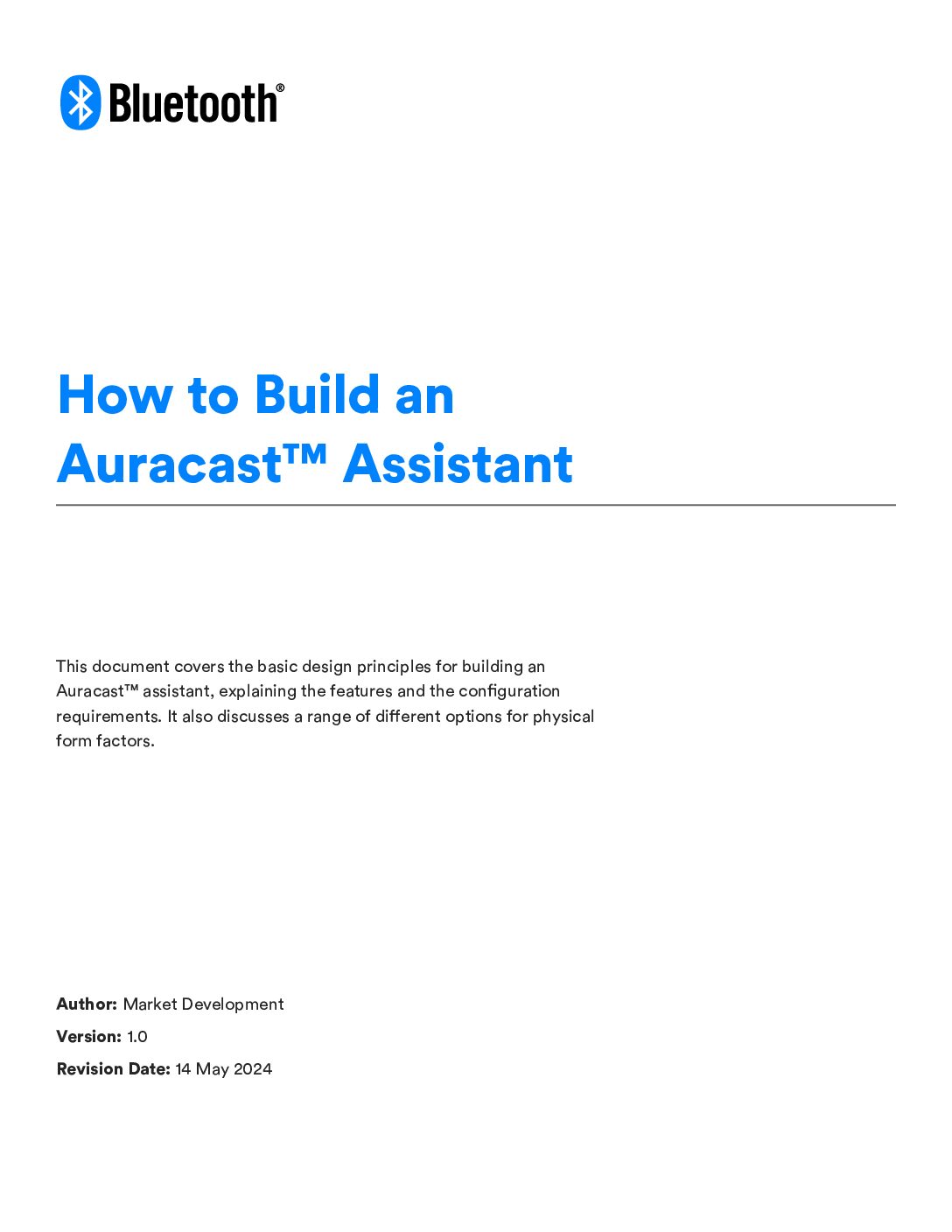

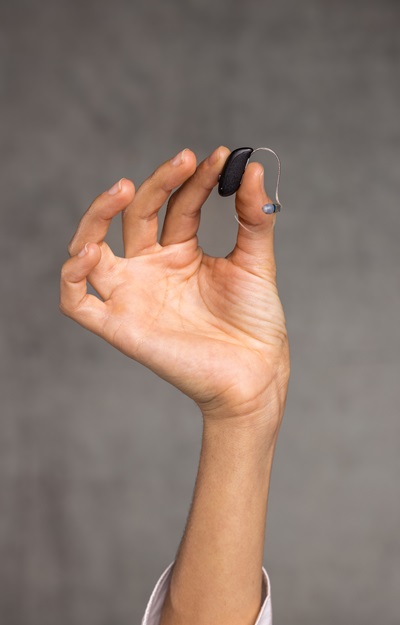
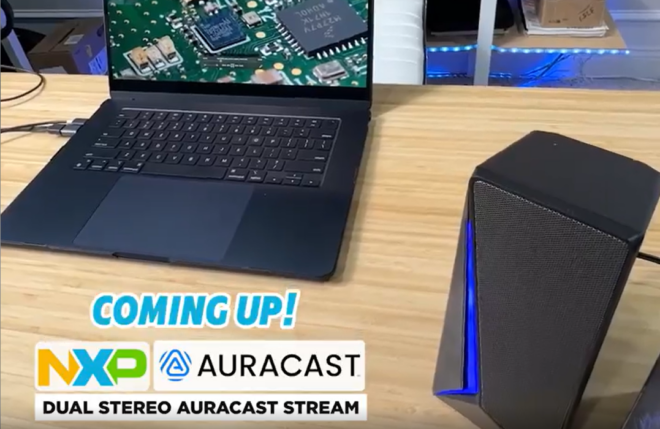
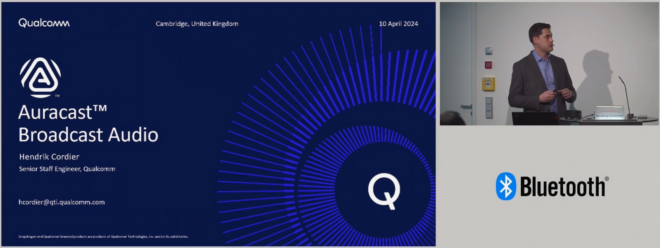

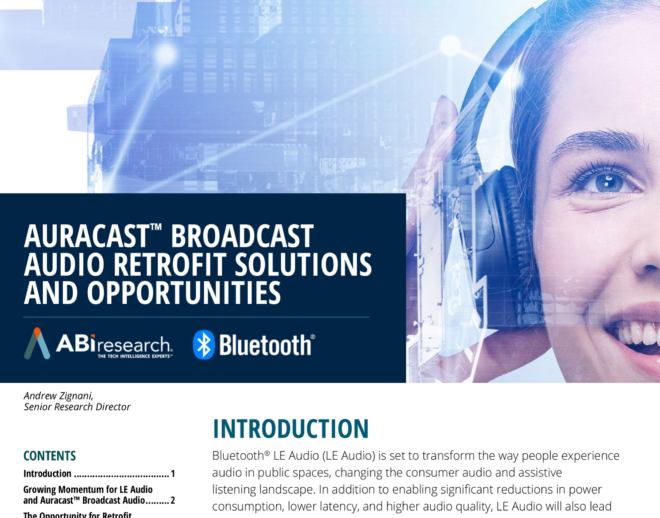
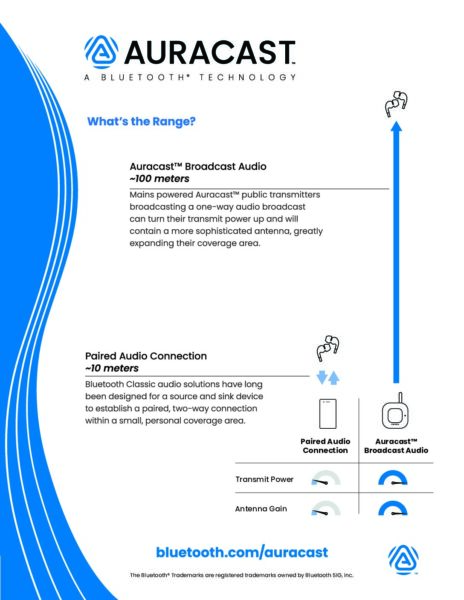
![2312 CES Handout Images FINAL existing pdf 464x600[1]](https://www.bluetooth.com/wp-content/uploads/2024/01/2312_CES_Handout-Images_FINAL-existing-pdf-464x6001-1.jpg)
![2312 CES Handout Images FINAL unlimited pdf 464x600[1]](https://www.bluetooth.com/wp-content/uploads/2024/01/2312_CES_Handout-Images_FINAL-unlimited-pdf-464x6001-1.jpg)

